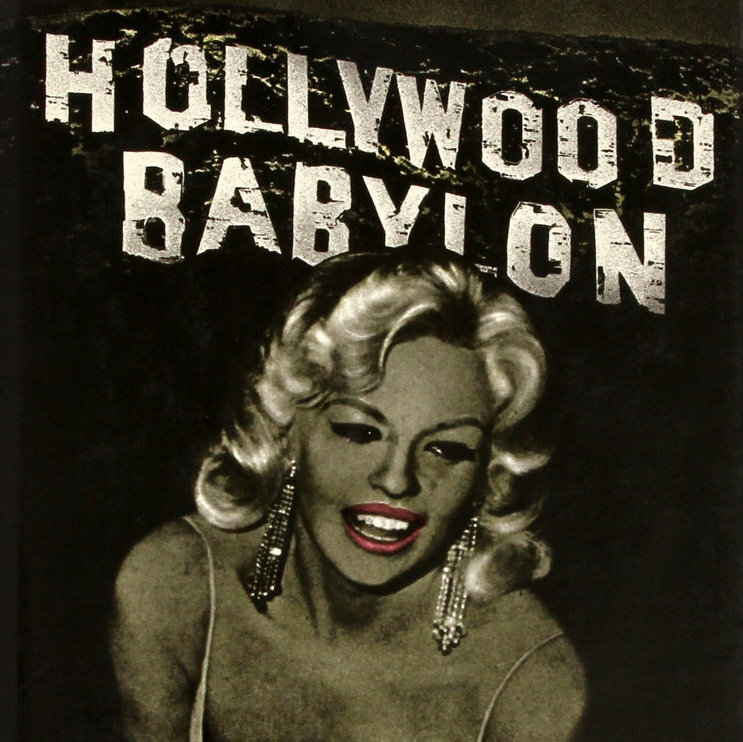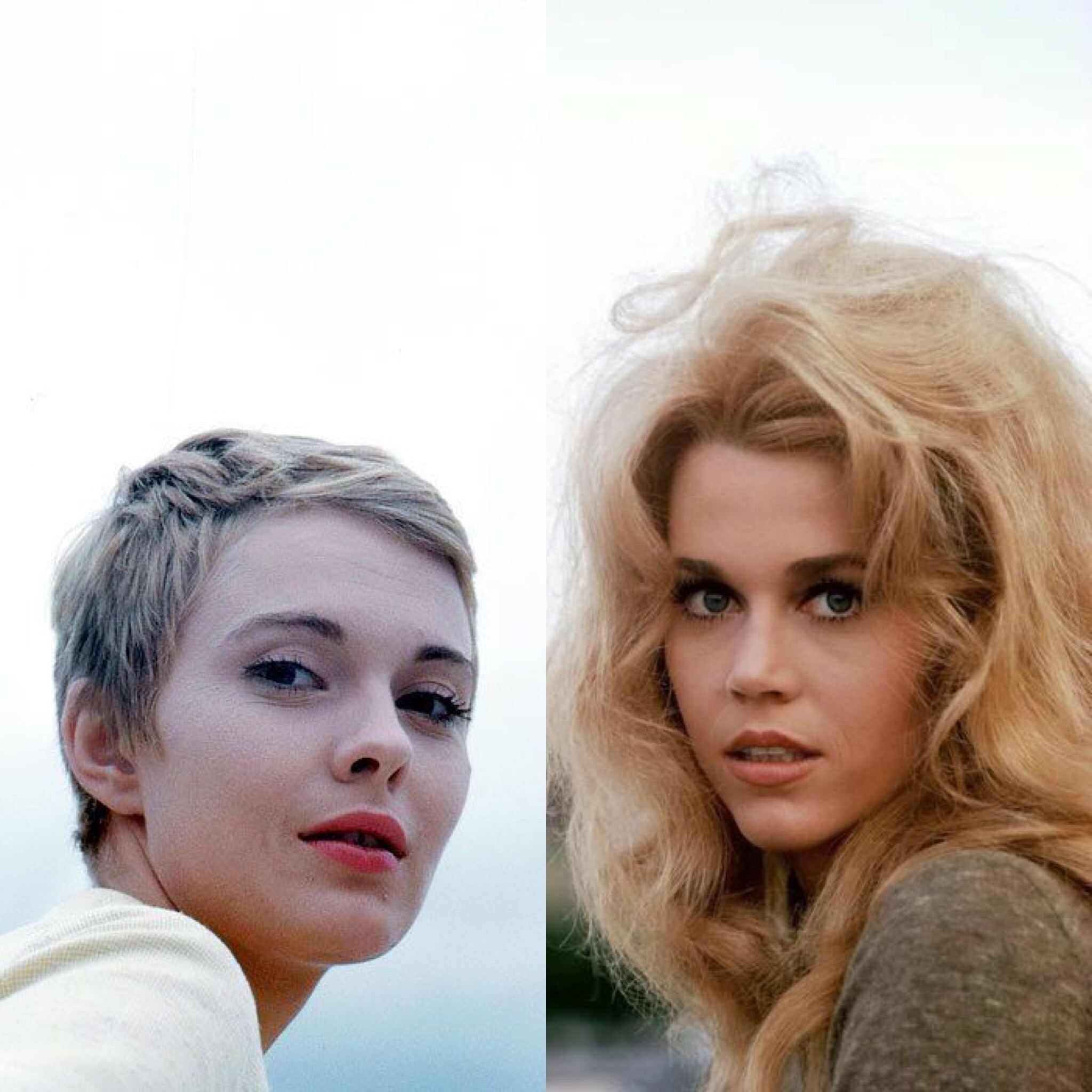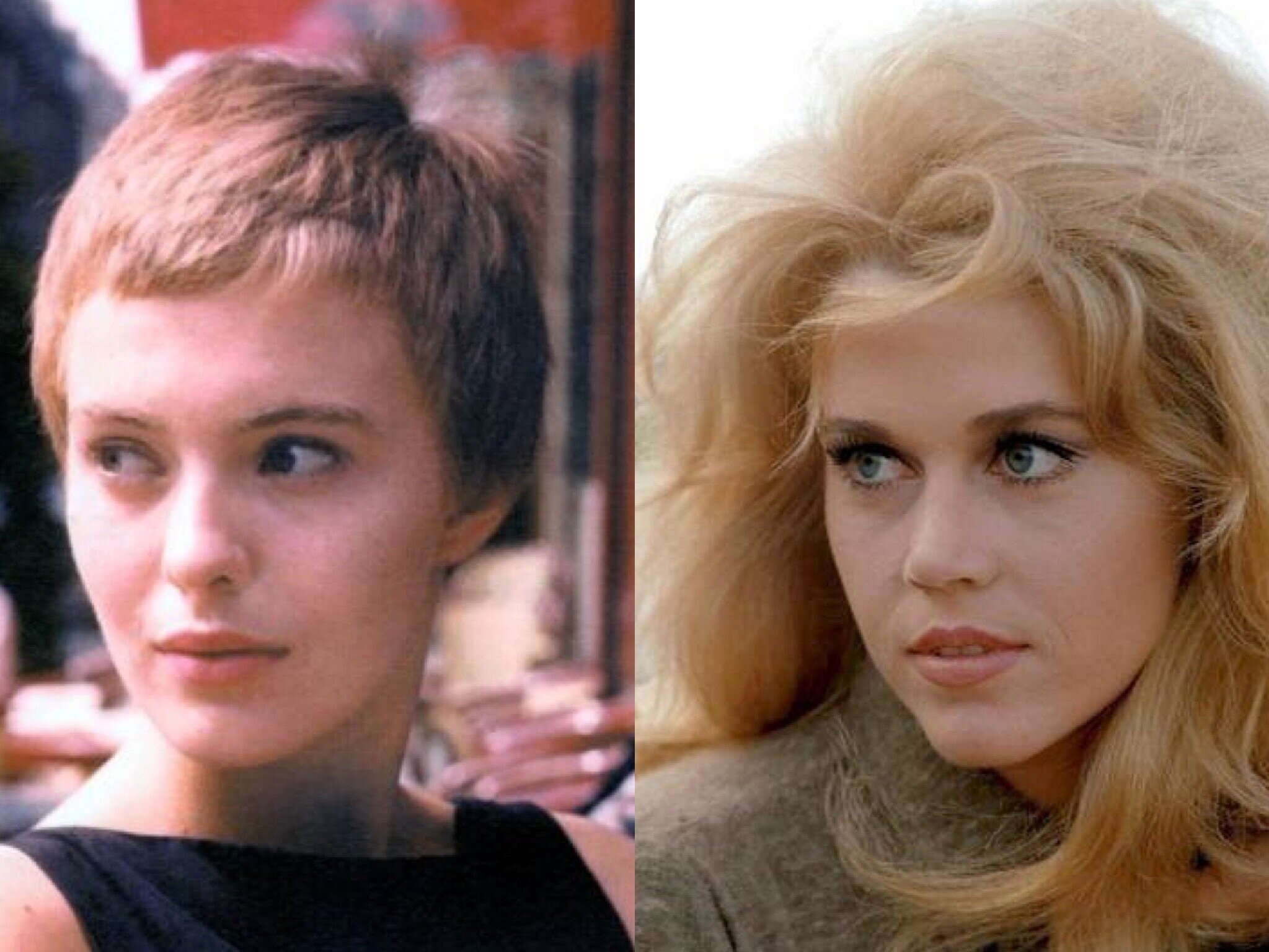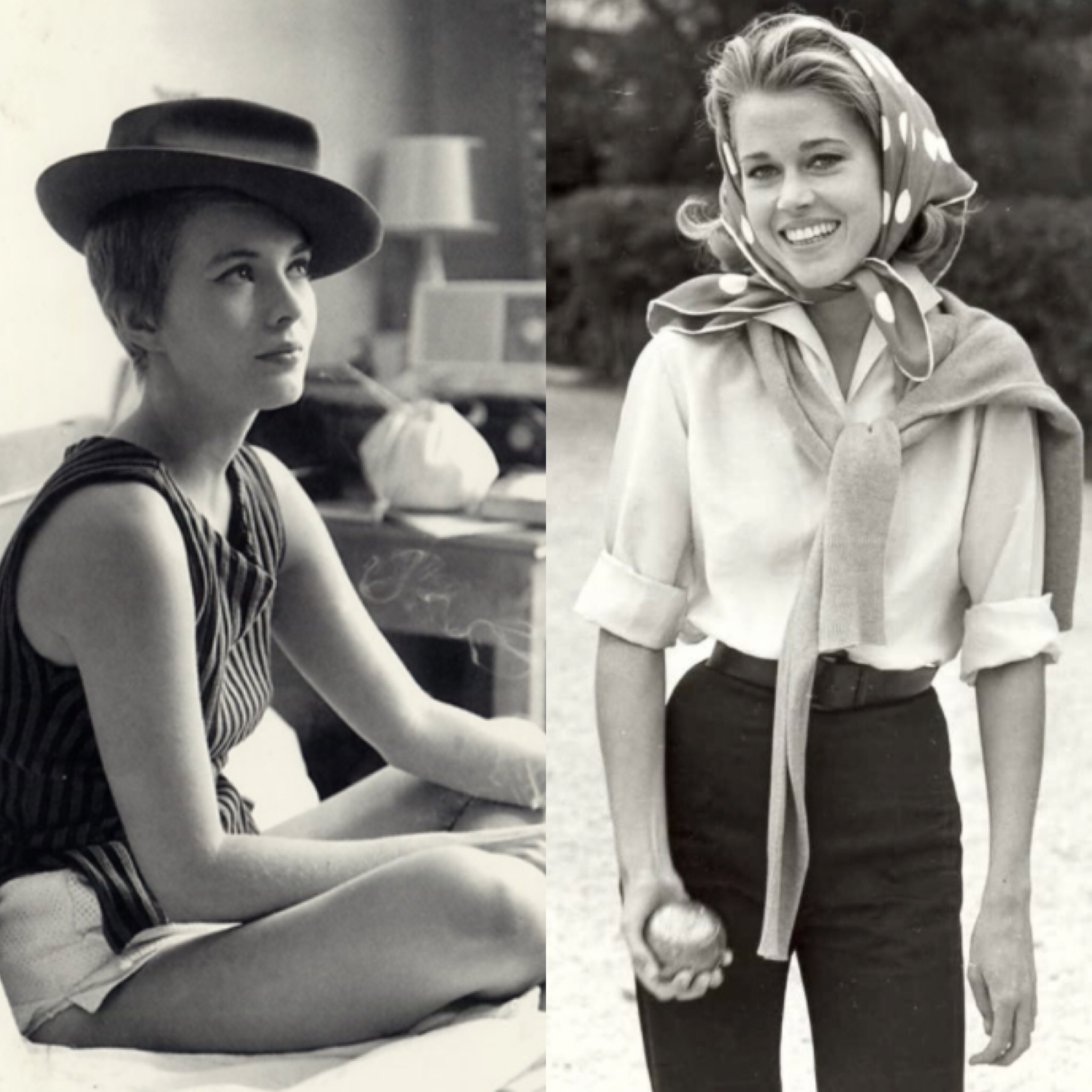Considered by many to be the urtext of salacious movieland gossip, Kenneth Anger’s Hollywood Babylon has been derided by some readers as a work of dangerous libel for its embellishments and, in some cases, outright fictions about real people and events. This season, we examine some of the stories Anger tells and the way he tells them, and we’ll try to figure out the real story. Throughout, we’ll talk about how the seemingly contemporary concept of “fake news” has played a key role in Hollywood’s star-making (and star-destroying) apparatus from the industry’s earliest days, and how such practices mutated through the work of counter-narrators like Anger and beyond.
Episodes:
D.W. GRIFFITH, THE GISH SISTERS AND THE ORIGIN OF HOLLYWOOD BABYLON: The phrase “Hollywood Babylon” entered the vernacular thanks to D.W. Griffith, one of Hollywood’s first great directors, who followed up the racist smash The Birth of a Nation with a less-successful historical epic called Intolerance. Anger’s use of that film’s Babylon set, which was left to stand and decay for years after the film came and went, as the structuring image of his gossip bible, helps to set the ironic tone of the book. But what of Anger’s accusations that Griffith was a known pedophile, and that his stars, sisters Dorothy and Lillian Gish, were incestuous? Listen
OLIVE THOMAS: The first Hollywood scandal to attract international intentional was the death-by-poison of Olive Thomas, the twenty-five year old star of au courant Hollywood hit The Flapper. According to Hollywood Babylon, Thomas’s death was the suicide of a woman desperate over her failure to score dope for her junkie husband. What’s the real story—and what role was played by Jack Pickford, Olive’s husband and the brother of the actress then considered “America’s Sweetheart”? Listen
ROSCOE "FATTY" ARBUCKLE AND VIRGINIA RAPPE: At a boozy party over Labor Day weekend 1921, Roscoe “Fatty” Arbuckle, silent Hollywood’s superstar plus-size comedian, followed sometime actress Virginia Rappe into a hotel room. They were alone together for only a few minutes, but in that time, Rappe fell ill, and died several days later from her sickness. Arbuckle was tried for murder, and accused of rape in the newspapers. The story of the definitive sex-and-death scandal in early Hollywood history, which left a woman dead and effectively killed off a star comedian’s career, has been plagued with misinformation and distortions for nearly 100 years. Today we’ll closely examine Anger’s text to demonstrate how he implies both Arbuckle and Rappe’s guilt, and we’ll also use more recent scholarship on the case to try to suss out what really happened in that hotel room, and how the facts were distorted throughout Arbuckle’s three trials. Listen
WILLIAM DESMOND TAYLOR: The killing of director William Desmond Taylor was the third in a trifecta of scandals which, over the course of about a year and a half, painted such a sordid a picture of the movie colony as a hotbed of sin that the industry was forced to fundamentally change its way of conducting business. Anger’s telling implies that Taylor’s murder may have been a consequence of the affairs he supposedly conducted simultaneously with several women, including both a starlet and her mother, or related to the fact that Taylor was living under an assumed identity and employing his own brother as his butler. Today we’ll sort out fact from fiction in the Taylor case, and demonstrate how the media frenzy surrounding it had wide-ranging consequences despite the fact that no one was ever arrested for the crime. Listen
MABEL NORMAND: A frequent co-star of Roscoe Arbuckle’s, Mabel Normand was the definitive female screen comedienne of her generation. But it wasn’t her association with Arbuckle that brought Normand’s career to an abrupt close and her life to an early end. Today we’ll interrogate Hollywood Babylon’s claim that Normand was a cocaine addict, explore Normand’s involvement in various scandals which did more damage than drugs, and talk about the disease that led to her early death. Listen
WALLACE REID: According to Hollywood Babylon, actor Wallace Reid —a morphine addict who died in an asylum at the age of 31—was the first sacrificial lamb of the post-sandal era, and Reid’s wife, a former teen star named Dorothy Davenport, was the ultimate opportunistic hypocrite. What made Reid’s case different from the other scandals around this time? Was Davenport the black widow that Anger suggests, or should she be remembered as a pioneering female writer, producer and director? Listen
WILL HAYS AND "PRE-CODE" HOLLYWOOD: Who was Will Hays, and how did he come to put his name on the censorship “Code” that would shape the content of movies more than any other single force from the early 1930s into the 1960s? How much power did Hays really have in 1920s Hollywood, how corrupt was he, and why did it take a decade before the Hays Code was fully enforced? Listen
PEGGY HOPKINS JOYCE AND CHARLIE CHAPLIN: The Kim Kardashian of her day, Peggy Hopkins Joyce was famous for being rich and famous—and for her marriages and involvements with rich and famous men, including Charlie Chaplin. Did Peggy really ask Chaplin on their first date if he was “hung like a horse?” We’ll investigate this and other claims made about the affair in Hollywood Babylon, and chart how the dalliance with Hopkins Joyce inspired Chaplin’s first dramatic film A Woman of Paris, and explain how a woman of the 1910s-1920s could come from nothing and become internationally famous before ever arriving in Hollywood. Listen
THOMAS INCE AND THE HEARST "COVERUP": Thomas Ince was one of early Hollywood’s most pioneering producers—in fact, some credit him for popularizing “producer” as a job title and for codifying what it meant to do the job, as well as helping to develop the Western as a genre. But today, if Ince is remembered at all, it’s for his death aboard a yacht owned by William Randolph Hearst, amidst a star-studded party attended by Chaplin, writer Elinor Glyn, and actress/Hearst’s mistress Marion Davies. For decades, rumors have swirled that Ince was felled not by “acute indigestion,” as Hearst’s papers claimed, but by “a bullet hole in [his] head,” as Kenneth Anger put it. Who was Ince, what really happened on that yacht, and why have fictionalizations of his death (spread by Anger and others) flourished for so long? Listen
RUDOLPH VALENTINO: Rudolph Valentino was Hollywood’s first “latin lover.” His shocking death at the age of 31 was attributed to side effects from an appendectomy, but Hollywood Babylon forwards theories that Valentino may have actually been poisoned, or killed by the husband of a lover, and/or secretly gay and recently divorced from his second secretly lesbian wife. What was the real story of Valentino’s marriages, and what really led to his untimely demise? Listen
CLARA BOW: We’ll close this half of our Hollywood Babylon season with one of that book’s most famously distorted stories: the tale of “It” Girl Clara Bow’s supposed nymphomania and alleged “tackling” of the entire USC football team. The real story of Clara Bow’s life and career is a much richer tale, involving changing sexual mores, and the change in the audience’s tastes that overlapped with the end of the silent era. Listen
MAE WEST: Today we begin part two of our season, Fake News: Fact Checking Hollywood Babylon. Mae West was the biggest new star in Hollywood in 1933, thanks to two hit films she co-wrote and starred in as a sexually implicit, wisecracking broad who romanced a young Cary Grant. In Hollywood Babylon, Anger credits West’s abrupt decline in movies to a coordinated conspiracy organized by William Randolph Hearst and carried out by the Hays Office. Today we’ll explore West’s background, her history of pushing the censors past the limits of legality, and the truth of her lightning-fast rise in Hollywood and somewhat slower descent back to earth. Featuring special guest Natasha Lyonne. Listen
MARY ASTOR'S DIARY: In 1936, actress Mary Astor (who had not yet made her most famous film, The Maltese Falcon) and her husband went to court to fight for custody of their four year-old daughter. The trial made international news thanks to both sides’ use of Astor’s diary, in which she had recorded details of her affair with playwright George S. Kaufman. How much did Astor truly reveal in her diary, and what role did the scandal play in her life and career? Listen
LUPE VELEZ: Mexican actress Lupe Velez was the victim of one of Anger’s cruelest invented stories. His fabrication of her manner of death lays bare a vicious racism in addition to Hollywood Babylon’s usual sexism. Today we will sort out the fact of Velez’s life from Anger’s fiction, and consider the star of the Mexican Spitfire series as comedienne ahead of her time. Listen
MARLENE DIETRICH AND CLAUDETTE COLBERT: The bisexuality of Marlene Dietrich was not exactly a secret in 1930s Hollywood -- in fact, her ambiguous sexuality was part of her on-screen brand. But there is some debate as to who Dietrich counted among her lovers, and which of her fellow stars participated in what has been called the “sewing circle” of female intimacy. Anger alleges that Dietrich had a “passionate affair” with Claudette Colbert, an Oscar-winning actress with an extremely heteronormative persona. We’ll explore what was going on in Dietrich’s life and career around the time when this affair could have taken place, and then delve into Colbert’s image as a very different kind of on-screen sex symbol, and her complicated off-screen personal life. Listen
BUGSY SIEGEL: Jewish gangster Benjamin “Bugsy” Siegel is frequently credited with corrupting Hollywood’s unions and “inventing” Las Vegas. Siegel did have movie star friends, but the true story of his involvement with the Flamingo casino is also the story of a much bigger movieland player: Hollywood Reporter founder/publisher/columnist Billy Wilkerson. Listen
DOROTHY DANDRIDGE AND THE CONFIDENTIAL MAGAZINE TRIAL: Over two episodes, we will explore Hollywood Babylon’s coverage of Confidential Magazine and the two celebrities who testified against the scandal rag in the 1957 trial that helped end what Anger rightfully refers to as its “reign of terror.” We’ll begin with Dorothy Dandridge, the first black actress to be nominated for a Best Actress Oscar. Dandridge’s testimony against Confidential reveals the publication’s racist agenda, as well as the double standards that governed her real private and public lives. Listen
MAUREEN O'HARA AND THE CONFIDENTIAL MAGAZINE TRIAL: In part two of our two-parter on the demise of the biggest and most pernicious tabloid of the 1950s, we’ll explore what happened after the magazine’s claim that redheaded star Maureen O’Hara was caught having sex at Grauman’s Chinese Theater. O’Hara positioned herself the “Joan of Arc” of Hollywood, single-handedly defending a cowardly industry against the existential threat posed by Confidential. As we’ll see, this is one story where the Kenneth Anger version is more credible than the version related by one of the subjects. Listen
RAMON NOVARRO: Ramon Novarro was a Mexican actor and singer whose stardom at MGM in the 1920s and 30s was not impeded by his offscreen life as a gay man. In Hollywood Babylon, Anger focuses only on Novarro’s grisly murder in 1968 -- which outed Novarro to a public that had largely forgotten him--and needlessly embellishes a crime scene that was already pretty horrible. Today, in our final episode of Fact-Checking Hollywood Babylon, we will explore the life which Anger left out of Hollywood Babylon, and correct that book’s version of Novarro’s death. Listen






















































